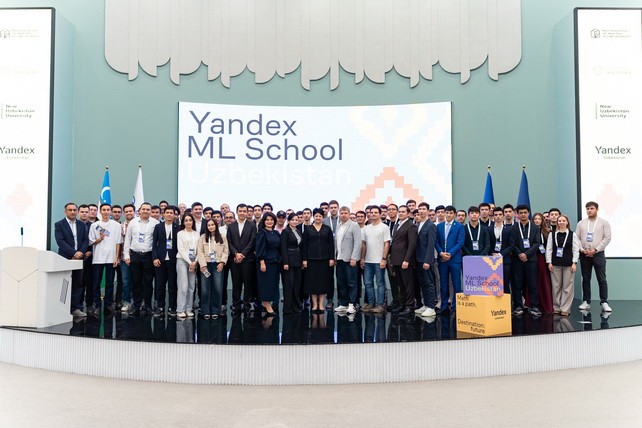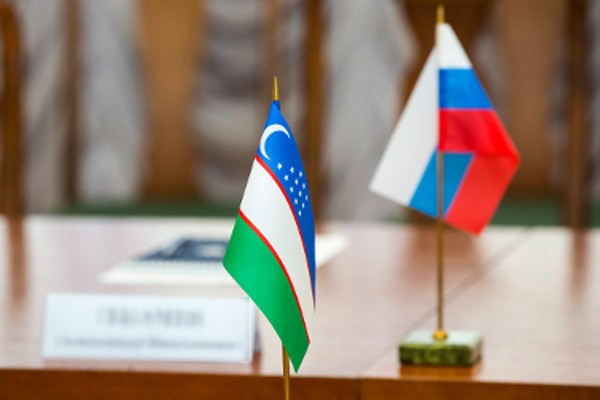In Uzbekistan, there is a steady trend towards increasing women's participation in the digital economy. Between 2018 and 2024, the number of female students in the fields of information and communication technologies increased from just over 3,400 to 18,240, which corresponds to an increase of 430 percent and an average annual rate of about 71.7 percent. The dynamics point not to a one-time surge, but to a qualitative shift in the structure of higher education and the market for future technological personnel.
The total number of ICT students has increased from 17,546 to 77,402 over the past six years, or 4.4 times. Against this background, the share of women is also growing: from 19% in 2018 to 23% in 2024. This means that along with the expansion of the educational offer, the inclusiveness of access to the most popular digital specialties — programming, data analytics, cybersecurity, network engineering and product management-also increases.
Systemic reforms and targeted initiatives have served as a catalyst. Financial support mechanisms, specialized communities, and local IT clubs create clear entry and continuation paths for female students. The vertical of master's and doctoral programs also shows significant progress: the number of women in the master's program in ICT has increased from 93 to 484, more than fivefold, which strengthens the research circuit and creates a talent pool for teaching and R&D.
The broad context confirms the scale of the changes that are taking place. In 2024, 724,736 women are enrolled in higher education institutions in the country, almost 51% of the total number of students, of which 700,613 are at the bachelor's level and 24,123 are at the master's level. The 2024 graduation rate was 211,197 people, with 101,854 graduates accounting for 48.2 percent. In ICT programs, 7,197 women received a diploma against 3,116 in 2018, which more than doubles the annual influx of female personnel into the technology sector.
The economic significance of the trend can be seen in several dimensions. First, the growth in the number of qualified specialists reduces the structural deficit in the labor market in the IT segments with the highest value-added multiplier. Second, increasing women's participation in ICT increases productivity and innovation activity of teams through a variety of competencies and management approaches. Third, for the national strategy of exporting digital services, outsourcing business processes and engineering solutions, expanding the human resources base ensures project scalability and competitiveness in terms of time and quality.
The next task is to transfer the achieved progress from the audience to business practice. We are talking about expanding internships with guaranteed employment, industry grants for applied research, acceleration tracks for women's technology teams, and anchoring equal access metrics in corporate policies. A separate priority is women's leadership positions in product management, AI areas, cybersecurity, and government digital platforms. This will accelerate knowledge transfer, strengthen local IT ecosystems, and increase the sustainability of the digital transformation of the economy.












